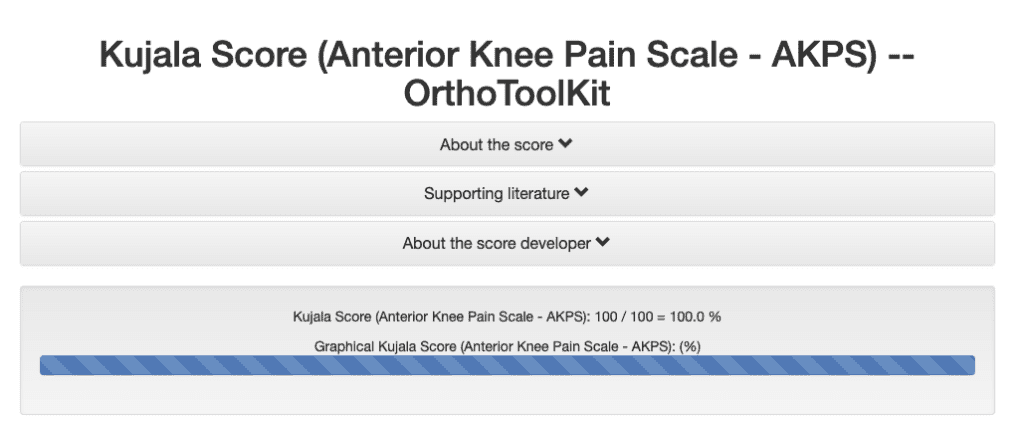In this study, we looked at which patients improved the most after patellofemoral joint replacement. Our goal was to define the minimal detectable change (MDC) for the international knee documentation committee (IKDC) and Kujala scores one and two years after patellofemoral joint arthroplasty (PFA).
We used distribution-based method (one-half the standard deviation of the mean difference between postoperative and preoperative outcome scores) to establish MDC thresholds among 225 patients undergoing primary PFA at a single high-volume musculoskeletal-care center. Stability of change in MDC achievement was explored by quantifying the proportion of achievement at one- and two-year postoperative timepoints. Multivariable logistic regression analysis was performed to explore the association between sociodemographic and operative features on MDC achievement.

